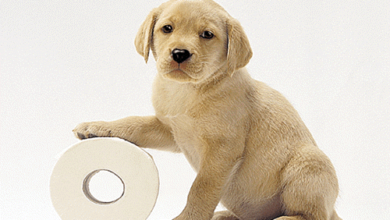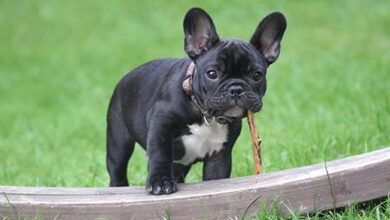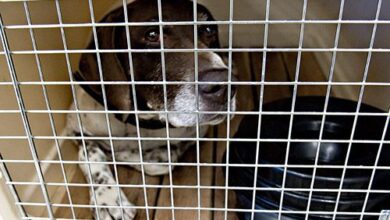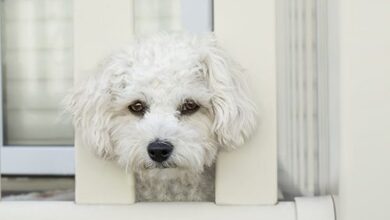Formulating The Best Dog Crate Training Schedule
Training Your Dog – How a Good Dog Crate Training Schedule can make Your Dog Comfortable
House training your dog can seem an uphill task at the start. Your dog should feel safe and comfortable in the confines of your house and not run around causing a mess everywhere. Crate training is an effective way of house training your dog. It results in the dog recognizing his crate as his personal den. A dog crate training schedule will let you follow a step-by-step process to make sure your dog is well adapted to his crate.
Choosing a crate and positioning it properly
Before embarking on your dog crate training schedule, you should pay close attention to your choice of crate. The crate should be comfortable and not confining so your dog does not feel like he has been punished. It should also have sufficient space so your dog can make it his living space. However, make sure the crate is not large enough for your dog to allocate a section of it as the bathroom area and the rest as his living area.
You should make the crate as comfortable as possible for the dog, so it does not feel the need to escape it. One possible way of doing this is to position the crate in a location that sees a lot of people, like the living room. Add a blanket or a bed that the dog is already accustomed to. This will help in reminding your dog that the crate is not a place for relieving himself. Make sure there is always sufficient water available for the dog beside the crate. This helps ensure your dog does not have to leave the crate every time he feels thirsty and assists in acclimatizing him to the crate.
Meals in the crate and positive reinforcement
Once your dog has been introduced to the crate, you should begin feeding his meals in it. Depending on the dog’s comfort with the crate, you can place his meals at the end of the crate or somewhere in the middle if he shows any reluctance to staying in the crate. This is an important part of your dog crate training schedule as it results in your dog appreciating the crate as his living space.
You should try to use as much positive reinforcement as you can while interacting with your dog while he is in the crate. Drop a few treats for him in the crate. When leading him to the crate, speak in a happy voice. Let him know that being in the crate is a sign of good behavior. Do not use the crate to punish your dog by sending him to it when he has done something wrong or when you are displeased with him. This creates a negative image in your dog’s mind about the crate and sometimes, it can be impossible to re-train your dog to return to the crate.
Making sure your dog is accustomed to being alone in the crate
Your dog is now happily having his meals in the crate. You should now start focusing on making sure he spends more and more time in the crate. Initially, let him rest in the crate for some time just after his meal before he wants to be let out. After a while, preferably when he has not had his meal in some time, start enticing your dog into the crate with the hope of treats or rewards. Keep your dog in the crate for longer stretches of time. But always keep an ear out for complaints or whining from your dog. As mentioned before, your dog should not consider the crate as a punishment or a prison.
Once your dog has proved he is comfortable being by himself in the crate, you can start leaving the house for longer stretches of time while he is left in his crate. You should also take your dog outside once his crate time is over and make sure he relieves himself outside. Encourage your dog every time he relieves himself outside and establish it as good behavior.
Following this dog crate training schedule, you will have a well-behaved, happy dog in no time. Your dog will be comfortable in his crate allowing you to engage in your daily activities. With a proper Dog Crate Training Schedule, your dog will also learn to never make a mess in the house.






